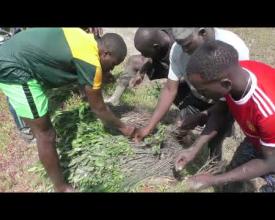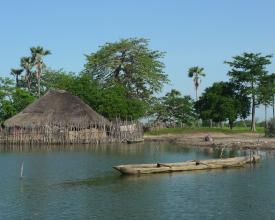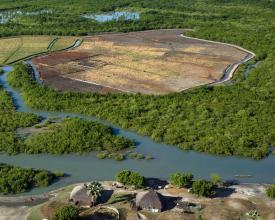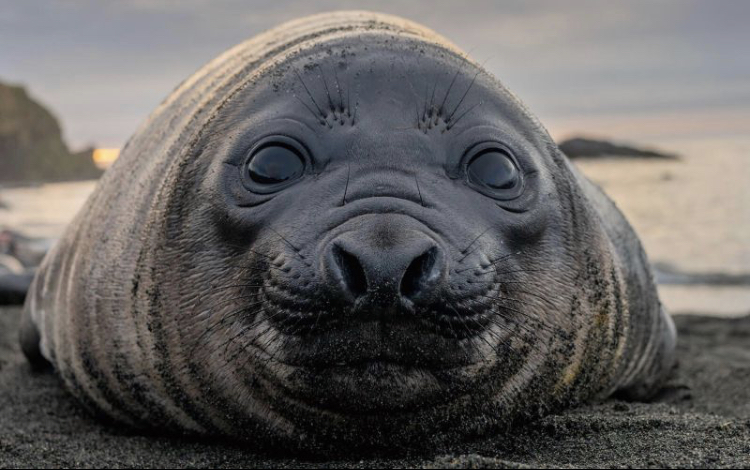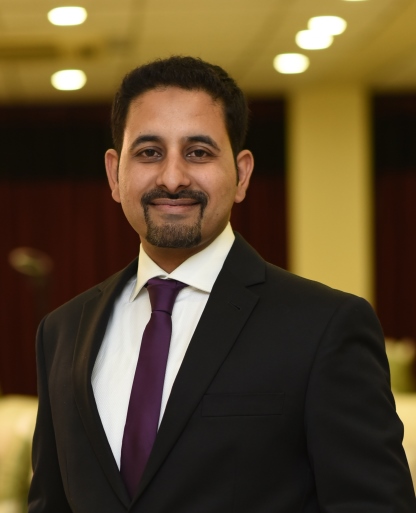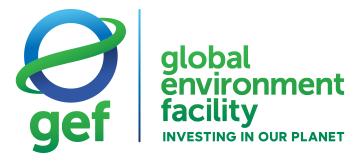
Establishing a Mangrove Restoration Strategy in Guinea-Bissau
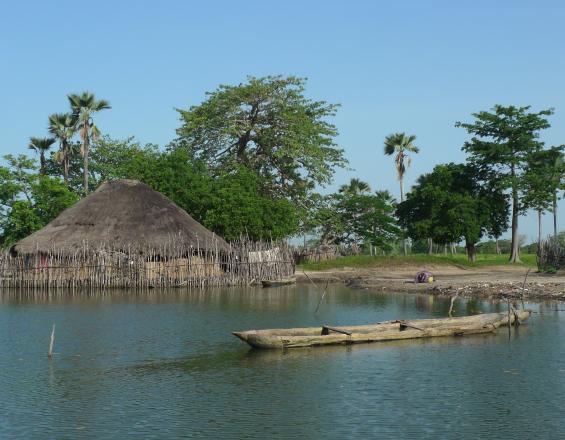
In Guinea-Bissau, The Restoration Initiative (TRI) has been working to establish policies that enhance the restoration of the country’s three mangrove ecosystems. The project has used participatory territorial diagnoses to identify restoration opportunities in each of the three regions and worked to improve Guinea-Bissau’s regulatory framework for mangrove restoration. As the diagnoses work to build local capacity and define priorities for the development of natural resource laws, TRI has also focused on developing proposals for a National Mangrove Law and National Mangrove Restoration Strategy, which will fill gaps and strengthen institutions in the country’s legal, regulatory, and legislative landscape. To date, TRI’s work has resulted in a second, and likely final, draft of the National Mangrove Law, which regulates the sustainable management of the country’s mangrove ecosystems, as well as a newly drafted National Mangrove Strategy, which outlines how the law will be implemented.
TRI is a GEF-funded project
Context
Challenges addressed
The largest challenge that stakeholders promoting sustainable restoration practices as well as the Restoration Initiative face is consensus on the understanding of the law. If the relevant national institutions and governance structures do not hold consistent views of the policies, they will have difficulty moving forward. With each government agency holding its own issues at the highest importance, there needs to be consistency between them over how restoration is prioritized against their highest concerns.
Additionally, political will amongst community members for restoration policies can present a challenge. As many individuals in mangrove ecosystems participate in rice production, restoration practices can be seen as hurting their income source. Garnering the will and understanding of how restoration can benefit local communities will be necessary to implement the policies successfully.
Location
Process
Summary of the process
Together, the identification of restoration sites through participatory ROAM processes and the development of national mangrove restoration policies lead to a strengthened strategic and regulatory landscape in Guinea-Bissau that ultimately provides for the sustainable management of mangrove ecosystems. The ROAM processes provided information on village priorities and buffer zones in regard to rice production that was deeply considered in the elaboration of the National Mangrove Law and Strategy and allowed for a better understanding of how individual site processes will work under a greater national strategy. Including lessons learned through the ROAM processes, the formulation of the mangrove law and strategy enabled the various national and international stakeholders in mangrove ecosystems to provide technical information and assistance. With a policy development process that includes lessons from local communities as well as organizational partners, TRI ensures that the mangrove restoration strategic landscape can be sustainable and benefit all three targeted mangrove ecosystems. The developed policies will strengthen land-use policies in Guinea-Bissau as well as ultimately result in greater mangrove restoration.
Building Blocks
Identifying mangrove restoration opportunities in three intervention regions
Through participatory Restoration Opportunities Assessment Methodology (ROAM)assessments in Guinea Bissau’s three geographical zones, Cacheu, Quinara, and Tombali, TRI was able to identify mangrove restoration opportunities in ten sites (five in the Cacheu, two in Quinara, and three in Tombali) and confirm the 1200 ha of mangrove landscape to be restored during the project’s implementation. The ROAM processes, which took place between 2020 and 2021, included all parts of the community discussing what the village priorities are, especially in regard to rice farming, one of the main competing priorities for mangrove restoration. Additionally, the processes also facilitated the development of the definition of intervention zones and the initiation of mangrove and rice field restoration. The implementation of the ROAM assessments ultimately contributed to the development of the project’s policy tools such as the National Mangrove Law and National Mangrove Strategy by enabling the actors and stakeholders involved in mangrove landscapes to move away from singular sites and consider the landscapes as a whole. Providing community input into village priorities and what a buffer zone in the law should look like, localized information was able to help develop the national policies.
Enabling factors
In order to conduct the ROAM assessments, TRI conducted trainings in November 2019, providing technicians with theoretical training in participatory territorial diagnosis tools. Guaranteeing those who were conducting the assessments were properly informed on the processes, TRI ensured the assessments adequately identified restoration opportunities and village priorities.
Lesson learned
The ROAM assessments provided valuable lessons, including what restoration opportunities existed in the three landscapes, as well as what the various village priorities were. The participatory diagnoses also provided information on what buffer zones in the National Mangrove Law and National Mangrove Strategy should be designed. As rice production involves the use of mangroves, a buffer zone and process for negotiation over rice production and restoration is necessary for the sustainable implementation of mangrove policies. The ROAM processes further enabled the landscape approach to be applied to mangrove restoration and rice field rehabilitation and to define the overall restoration strategy at a national level. Ultimately, the implementation of the ROAM tools has enabled the actors and stakeholders in mangrove restoration to move away from singular sites and to consider the landscapes as a whole.
Improving strategic and regulatory frameworks for mangrove restoration
To further develop a restoration strategy, TRI has worked to improve the regulatory frameworks in Guinea-Bissau. This includes supporting the elaboration of the National Mangrove Law and National Mangrove Strategy. Although an initial draft of the law produced in 2016 was ultimately unsuccessful because of too few resources, TRI brought in jurist and socio-anthropologist experts to develop a new draft that integrated all parameters of mangrove restoration learned from the participatory assessment phase. Once formulated, the law was presented to PLANTA (National Platform for Mangrove Restoration) members to provide feedback. The platform, which was created by TRI in 2021, includes , includes national and international partners working on mangrove landscapes, such as the Institute for Biodiversity and Protected Areas, the Directorate General for Forest and Fauna, and the Ministry of Agriculture. Since receiving feedback, TRI assisted in producing a second draft in July 2023, which must now go through the approval process. Similarly, the first draft of the national strategy was developed by the TRI team and submitted to national stakeholders in the PLANTA network for feedback. Once finalized, the policies will need to be approved or taken up by government bodies to ensure a restoration strategy is in place.
Enabling factors
The drafts of the mangrove policies have been enabled by the participation and technical input from the PLANTA members. Without the participation of national stakeholders, the policies would not be robust or complete and would have extreme difficulty passing through the approval process. While most members provided technical assistance and feedback, international NGOs Bosque Communidad and Wetlands International also provided financial assistance necessary to hire consultants and elaborate the draft policies.
Lesson learned
Through developing, reviewing, and negotiating mangrove restoration policies, TRI has been able to gather valuable information regarding what gaps exist in mangrove management and ensure the involvement of various stakeholders to elaborate a robust and sustainable policy framework. With each round of input, PLANTA members ensure the finalized National Mangrove Law and Strategy will address every aspect of mangrove restoration. Similarly, working with a socio-anthropologist whose task included integrating community knowledge into the law allowed the process to avoid excluding vital community input and traditional knowledge.
Impacts
Overall, TRI’s project in Guinea-Bissau has resulted in an improved policy and regulatory framework for the restoration of mangrove ecosystems that will work to strengthen land-use practices and contribute to the ultimate goals of sustainable restoration practices. With a current lack of policies regulating mangrove ecosystems, one of the main barriers impacting restoration in these areas is unregulated agricultural practices, especially rice farming. The National Mangrove Law will provide regulation and normalize beneficial and sustainable production practices. Similarly, the National Mangrove Strategy will outline how to finance sustainable mangrove practices and ensure the law is successfully implemented. Together, the law and strategy will work together to enhance the restoration of mangrove ecosystems and productive landscapes by regulating mangrove land use as well as provide for the maintenance of restoration once the project is finished. Balancing the development needs of the three regions and the country’s restoration goals, the strengthened regulatory framework in Guinea-Bissau will facilitate the restoration of thousands of hectares of mangrove ecosystems.
Beneficiaries
The beneficiaries of the policy solutions are local communities living in the country’s three mangrove ecosystems. Regulating mangrove land use can provide for the sustainable development and restoration of these regions and protect livelihoods.
Sustainable Development Goals
Story
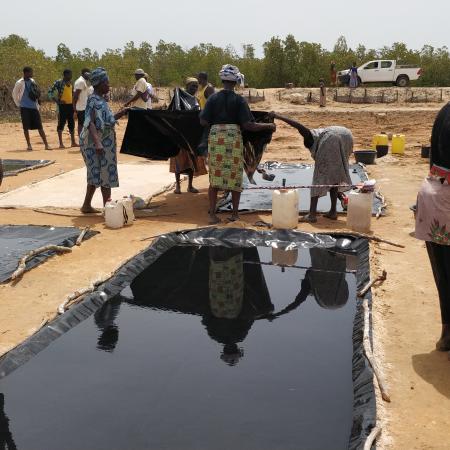
Women in Guinea-Bissau’s Elia Island, located on the right bank of the Cacheu River close to its mouth in the Atlantic Ocean, have been trained by The Restoration Initiative in growing oysters and with this training have been cultivating oysters for the past two years.
The project team visited women in the village to check on the growth of the oysters. One of the women beneficiaries on the Island explained a technique introduced by The Restoration Initiative to meet their cultivation needs.
Awa Sanha, a female beneficiary, said, “We no longer need to take a pirogue to collect wild water oysters; those we cultivate are on the edge of the village. The wild oysters are no longer as abundant as they were in the past, so we need to give them more time to recover”.
The project is working with women in Elia to relieve women’s workload by enhancing their skills to work more efficiently while reducing pressure on the island’s natural resources.
During the first year of the project, consultation with the women enabled them to define their priorities for income- generating activities:
- rice huskers were deployed to save the effort of manual pounding;
- fenced market gardens were equipped with wells,
- women were trained in solar salt production, a less exhausting method that does not require cutting mangrove wood -unlike traditional production which is usually carried out by cooking brine,
- women were also trained on oyster farming on lines;
- women received support for the construction of improved stoves that reduce the wood needed for cooking in half, as well as received support to promote village ecotourism.
Some of these activities contribute to domestic needs and the surplus is sold to generate income for women, usually in weekly markets located at a distance from the villages.
In these mostly economically independent communities, the sale of vegetables, salt or oysters represents the only opportunity for women to make additional incomes, enabling them to access basic necessities and pay for their children’s school fees.

